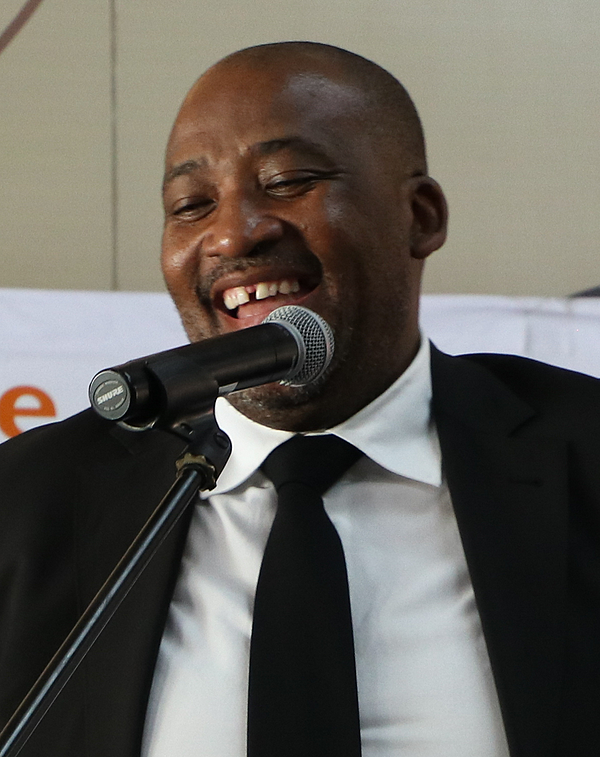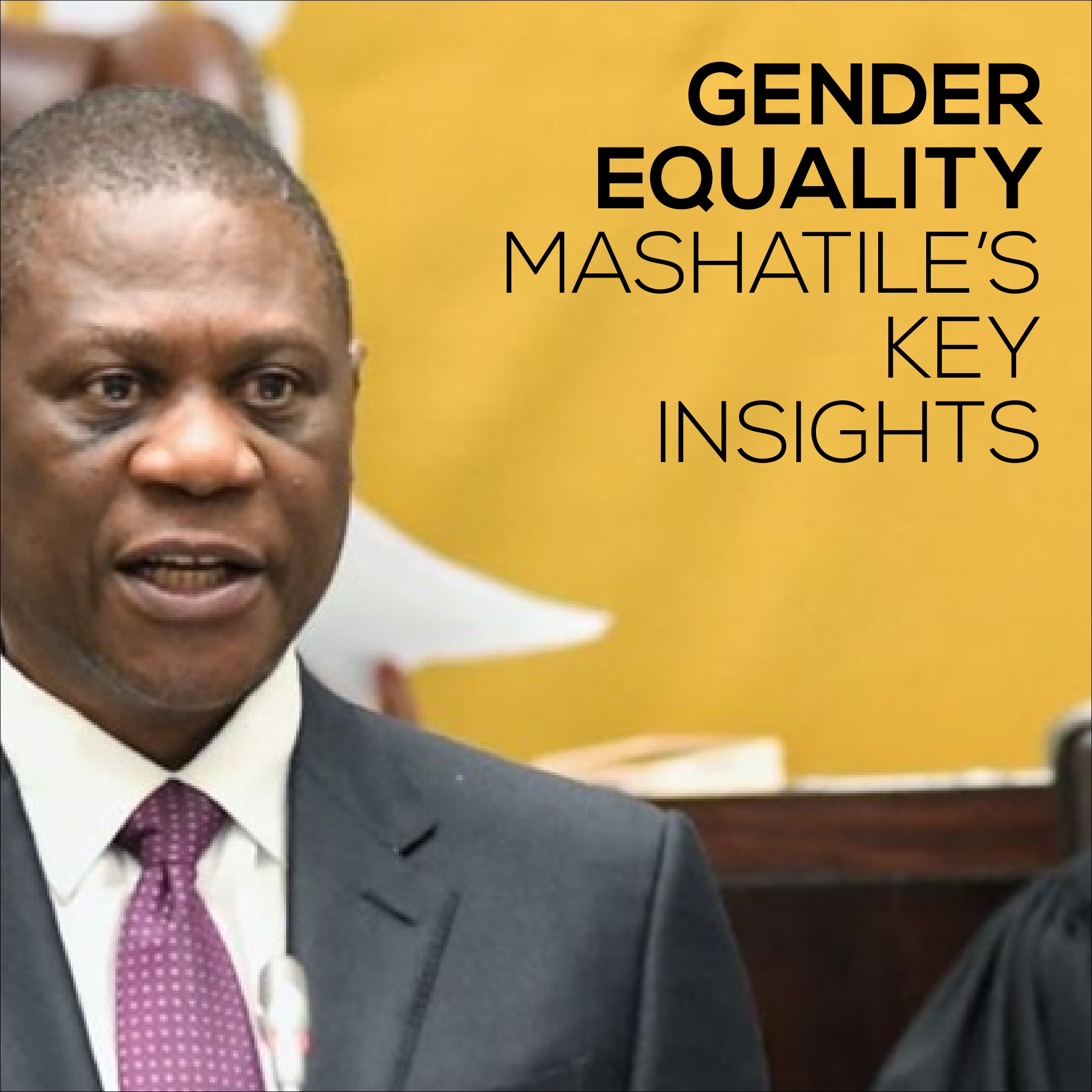Introduction
The interim transfer of SADC Leadership to South Africa is more than a ceremonial change. It is a practical response to political turmoil that demands swift, coordinated regional action. As chair, Pretoria must keep security bodies, trade committees, and humanitarian partners aligned while decisions are made by consensus. This article sets out the most important facts behind the move, from legal foundations to economic implications. It also explores what to watch over the next quarter, the role of civil society, and how international partners can help. By the end, you’ll have a clear map of responsibilities, risks, and realistic outcomes.
SADC Leadership – The Trigger and Immediate Priorities
Interim arrangements begin when a chair cannot perform its duties or when stability is in doubt. The priority is to maintain continuity: convene meetings on time, keep the docket focused, and produce actionable communiqués. Early steps include briefings from security organs, requests for verified field reports, and the designation of focal points for humanitarian coordination. Ministers need clear options with costs, mandates, and timelines. The chair’s success is measured by speed and accuracy—fast enough to matter, careful enough to hold consensus together as conditions evolve.
SADC Leadership – Institutional Mechanics and Consensus
The bloc’s strength lies in collective decision-making. The chair issues notices, circulates agendas, and gathers positions ahead of meetings so decisions are not improvised. When states diverge, the chair seeks middle ground: targeted measures rather than sweeping ones, or phased steps with built-in reviews. Consensus protects legitimacy and implementation. It also reduces the risk of legal challenge. Documenting dissent, reservations, and minority views keeps the record honest and allows later adjustments without public acrimony.
SADC Leadership – Security Architecture in Action
The Organ on Politics, Defence and Security provides the analytical spine. Its early-warning units, liaison officers, and mediators feed the chair with updates. Options range from quiet diplomacy to observer missions. Any robust response requires rules of engagement, funding lines, and human-rights safeguards. The chair must ensure that proposed actions have clear objectives, exit criteria, and reporting schedules. Success is not measured by the number of statements issued, but by stabilisation on the ground and safety for civilians and essential infrastructure.
SADC Leadership – Economic Stability and Trade Flows
Regional economies are intertwined. Disruption in one hub can slow value chains across neighbours. The chair’s economic brief includes working with trade, transport, and customs committees to keep corridors open, limit administrative shocks, and signal predictability to markets. Technical fixes—harmonised forms, green lanes for essential goods, and coordinated inspections—can prevent small delays from becoming supply-chain crises. Public, time-stamped updates reassure shippers and insurers that the region is managing risk, not ignoring it.
SADC Leadership – Humanitarian Standards and Access
When unrest escalates, needs grow quickly. The chair’s role is to help remove obstacles to aid delivery while respecting national sovereignty. That means promoting safe corridors, facilitating visas for emergency teams, and aligning needs assessments with UN and NGO partners. Data should be disaggregated by region, age, and gender to target assistance effectively. Regular situation reports keep ministers and donors aligned. The standard is simple: assistance must reach people rapidly, safely, and fairly.
SADC Leadership – Public Communication that Builds Trust
Clear messaging reduces rumours and panic. The chair can publish a weekly schedule, hold concise press briefings, and release communiqués with plain-language summaries. Publishing vote records or reservations, where appropriate, shows that debate is allowed and managed. Visual trackers of actions taken and pending decisions help citizens follow progress. When officials explain not just what was decided but why, they raise the quality of public debate and reduce space for misinformation.
SADC Leadership – Civil Society and Business as Signal Senders
Local organisations and firms often detect stress early—stock-outs, roadblocks, or information blackouts. Regular consultative calls give the chair actionable intelligence and allow quick fixes before problems escalate. Business chambers can advise on corridor priorities, while faith-based and community groups map vulnerable households. Structured feedback loops—hotlines, online forms, focal email addresses—turn scattered observations into policy inputs. This improves outcomes without large spending and shows that leadership listens beyond official channels.
SADC Leadership – Coordination with AU, UN, and Partners
External alignment prevents duplication. The chair should brief AU structures, share assessments with UN offices, and coordinate donor meetings around a unified plan. Partners look for clarity on mandates, oversight, and metrics before committing funds. By presenting a single, coherent framework with timelines and reporting rules, the chair can unlock specialised support—from election observation to technical logistics—without losing ownership of the regional strategy.
SADC Leadership – Milestones, Metrics, and Exit Strategy
Interim leadership must be finite. Milestones could include verified reductions in violence, functioning dialogue platforms, or an agreed roadmap to constitutional order. Metrics should be public: incidents per week, aid delivered, court functionality, and corridor uptime. As benchmarks are met, responsibilities taper and the rotation normalises. Transparent, documented handovers protect institutional memory and make future transitions smoother, whatever the trigger.
SADC Leadership – Practical Implications for Households
For most residents, the biggest questions involve safety, prices, and travel. During interim periods, leadership aims to keep borders efficient, fight misinformation, and maintain core services. Households can expect more frequent official updates and, where needed, travel advisories. Businesses should monitor customs notices and insurer guidance. When leadership communicates clearly and follows through, everyday planning becomes easier, even while politics remain fluid.
FAQs
What does SADC Leadership mean right now?
SADC Leadership refers to South Africa chairing urgent regional processes while consensus decisions guide action.
How does SADC Leadership affect trade?
SADC Leadership coordinates committees that keep corridors open and reduce administrative shocks to supply chains.
When will SADC Leadership return to normal rotation?
SADC Leadership will revert once stabilisation milestones are met and the summit confirms a handover.
Conclusion
SADC Leadership during a crisis is about discipline and delivery. By grounding choices in verified information, safeguarding trade routes, coordinating aid, and aligning partners, the interim chair can guide the bloc through turbulence with minimal disruption. Transparent milestones and steady communication will define success. With those pieces in place, the region can stabilise in the near term and return to its standard rotation with stronger institutions and renewed public confidence.




